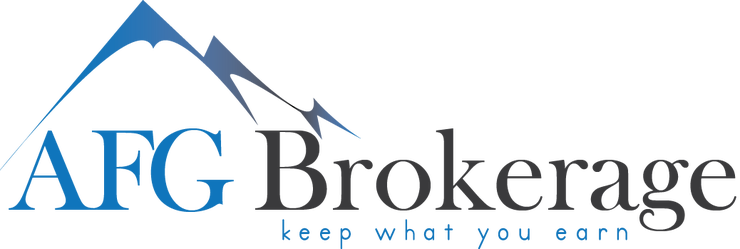AG 49-B: Yet Another Revision to IUL Illustrations
The world of indexed universal life (IUL) is experienced significant transformations with the recent revisions to AG 49. AG 49, which was first implemented in 2015, introduced regulations aimed at curbing potentially misleading IUL illustrations. With these changes, the tumult of AG 49 seems to have reached maturity.
While these regulatory modifications do not directly impact the actual performance of IUL products, they do alter what carriers can depict in hypothetical illustrations. It’s important to understand these new limitations and how they can affect the selling point of IUL’s on Volatility Controlled Indices.
Some background: AG-49 and why it was necessary
Since the 1980s, cash-value life insurance has been subject to an ongoing battle between insurance carriers and regulators. Universal life (UL) insurance emerged in the late 1970s, taking advantage of the favorable tax treatment of life insurance. By 1983, this strategy had been adopted by most major carriers. However, regulators intervened with IRS Section 7702, which established clear guidelines for the taxation of life insurance policies.
Working in conjunction with the Technical and Miscellaneous Revenue Act of 1988 (TAMRA), Section 7702 provided definitions for life insurance and modified endowment contracts (MECs). However, when IUL entered the scene in the late 1990s, both carriers and regulators needed more time to fully understand the unique nature of this product.
AG 49 was introduced to even the playing field
AG 49 aimed to cap the amount of illustrated returns on IULs at under 7%. This meant that if one company has an IUL with a 0% floor and a 12% cap and another company offered a product with a 0% floor and a 10% cap, both would have to illustrate a 7% return.
The inherent problem with AG 49 is obvious in the above example. The 2 products are clearly not equal, but would illustrate as such. This led to the creation of bonuses and multipliers around 2015 in response to AG 49. With these new tools, carriers could differentiate their value on the illustrations without violating AG 49.
Well, this quickly got out of hand. Stepping in once more, the NAIC revised AG 49 (known now as AG 49-A) to bring IULs under uniformity once more. AG 49-A essentially reduced the difference of the illustrated interest credited between products. One would think that this revision would put the issue of discrepancy between competing IUL products to bed once and for all. Well…surprise! It didn’t.
The Rise of Volatility Control Indices
What the NAIC had not considered was how IULs would respond to lower interest rates. As interest rates continued to fall after 2008 and remained historically low for the next 14 years, carriers turned to Volatility Control Indices to entice consumers back toward IULs.
A Volatility Control Index is different from your standard market index such as the S&P 500. A VCI can contain commodities, equities, bonds, cash, and other asset classes. These assets are monitored constantly and when a certain level of volatility is reached, funds can be transferred to different assets in the index to bring volatility back to a reasonable, pre-determined level. This helps create maximum upside potential for the IUL.
A new revision to AG 49-A: Uniformity to IULs in VCIs
Not to be outdone by AG 49-A and moving away from indices such as the S&P 500, carriers allocated IUL funds into VCIs to strengthen guarantees on bonuses and multipliers. In a VCI, however, there is a lot more room for carriers to play with bonuses and multipliers through manipulation of the level of volatility. Moreover, unlike the S&P 500, these VCI’s multiple commodity classes are more difficult to track. Once again, illustrations between competing IUL products began to vary wildly.
The NAIC needed to step in once more to bring uniformity back to IUL illustrations. They introduced AG 49-B in May of this past year. To achieve this, they are now forcing illustrations for IULs in Volatility Controlled Indices to use the same leverage as the benchmark index, such as the S&P 500.
Additionally, bonus rates will be based on the difference between a carrier’s yearly net investment earnings rate and the percentage of their hedge budget. The result brings IULs in VCI’s in line with benchmark-indexed IULs.
The end…for now
The days of illustrated leverage discrepancy seem to be over. Whether or not this game of cat and mouse between the NAIC and carriers continues will not be known in the immediate future. But if history is our judge, then we shouldn’t be shocked to see carriers find new ways to boost the performance of their illustrations. Only time will tell.



